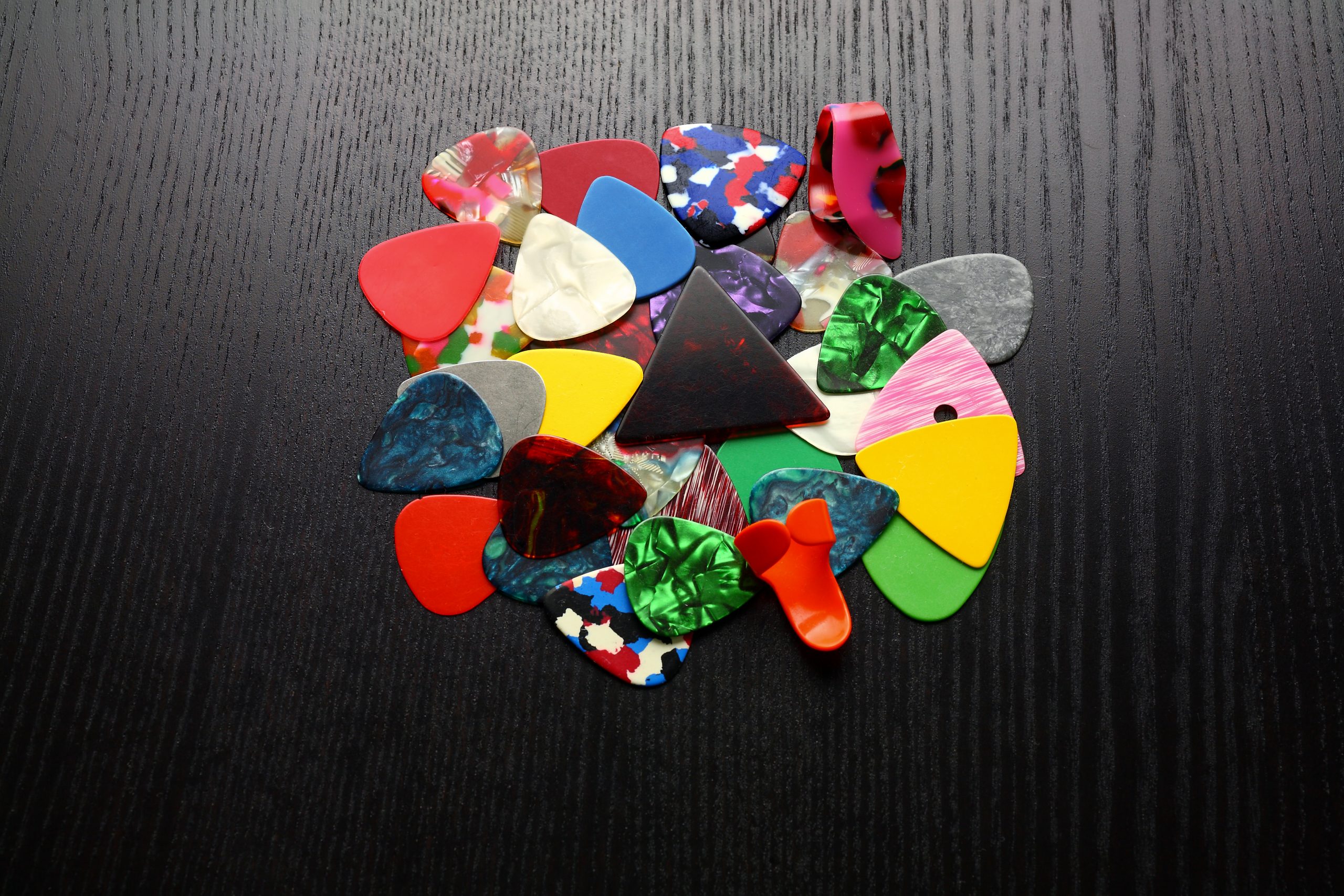Statue controversies have become America’s newest spectator sport, but the bronze tribute to Tina Turner unveiled in Brownsville, Tennessee, cuts deeper than your typical public art dustup. You know Turner’s image—the explosive hair, commanding presence, legs that could power a small city. The 10-foot monument meant to celebrate the Queen of Rock ‘n’ Roll has instead ignited a cultural firestorm about how we commemorate music legends.
A Well-Intentioned Tribute Goes Sideways
About 50 donors, including Ford Motor Co.’s $150,000 contribution, funded this tribute to Turner’s legacy and hits like “Nutbush City Limits and Proud Mary.” Sculptor Fred Ayanoh, whose works sit in prominent private collections, designed the piece to capture Turner’s dynamic performance energy. The statue’s placement near her Tennessee birthplace seemed perfect—a homecoming monument for an artist who conquered the world but never forgot her roots.
Social Media Delivers Swift Judgment
The internet’s reaction arrived faster than a Turner power chord. Social media exploded with comparisons to the infamous “Scary Lucy” statue and Cristiano Ronaldo’s nightmare bust – both eventually replaced after public outcry. Critics focused on the exaggerated hair volume and facial features that seemed to miss Turner’s distinctive bone structure entirely.
The backlash wasn’t just about artistic accuracy. Commentators highlighted a troubling pattern of public figures receiving subpar commemorative treatment compared to white subjects.
A Familiar and Frustrating Pattern
This isn’t Turner’s fault, but it’s become her problem. When statues of Black music icons consistently miss the mark while white figures get faithful reproductions, you’re looking at something bigger than artistic interpretation. The monument debate reveals how commemorative art can accidentally perpetuate the same dismissiveness these artists fought against during their careers.
Defending Artistic Vision vs. Demanding Accuracy
Others called the result a “travesty.” Ayanoh’s reputation suggests competence, but reputation can’t overcome public perception when the resemblance feels this far off target.
The real tragedy? Turner deserved better—not just a statue, but a monument that captures why she mattered. When commemorating music legends, getting the likeness right isn’t vanity. It’s respect.


























